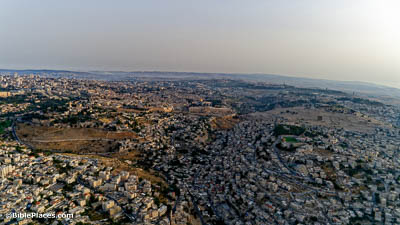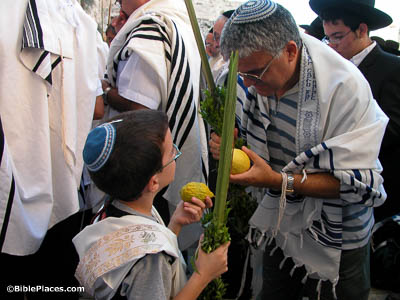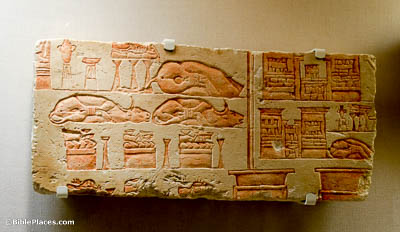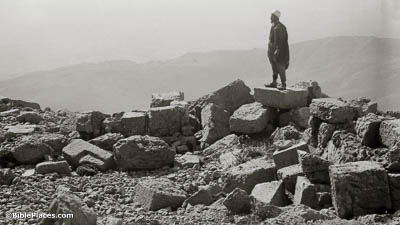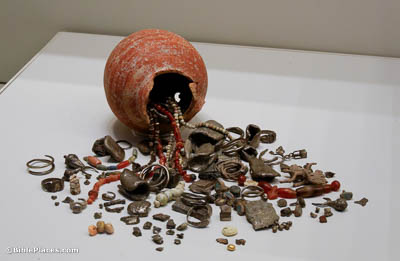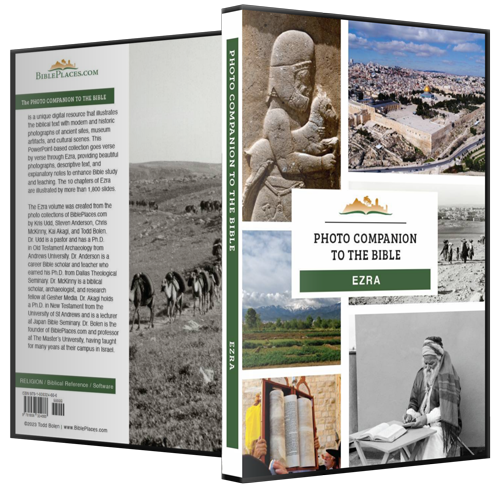The people gathered together as one man to Jerusalem (Ezra 3:1)
In David’s day, the city of Jerusalem was located on a ridge to the south of where the temple would later be built. The size of the city swelled considerably when the Assyrians conquered Judah’s northern neighbor, Israel (723 BC), and Hezekiah built a new city wall to encompass the Western Hill, where most of the refugees seem to have settled.
